Best React Frameworks: Which One Should You Choose and When?
 Mainul Hasan
Mainul HasanTable of contents
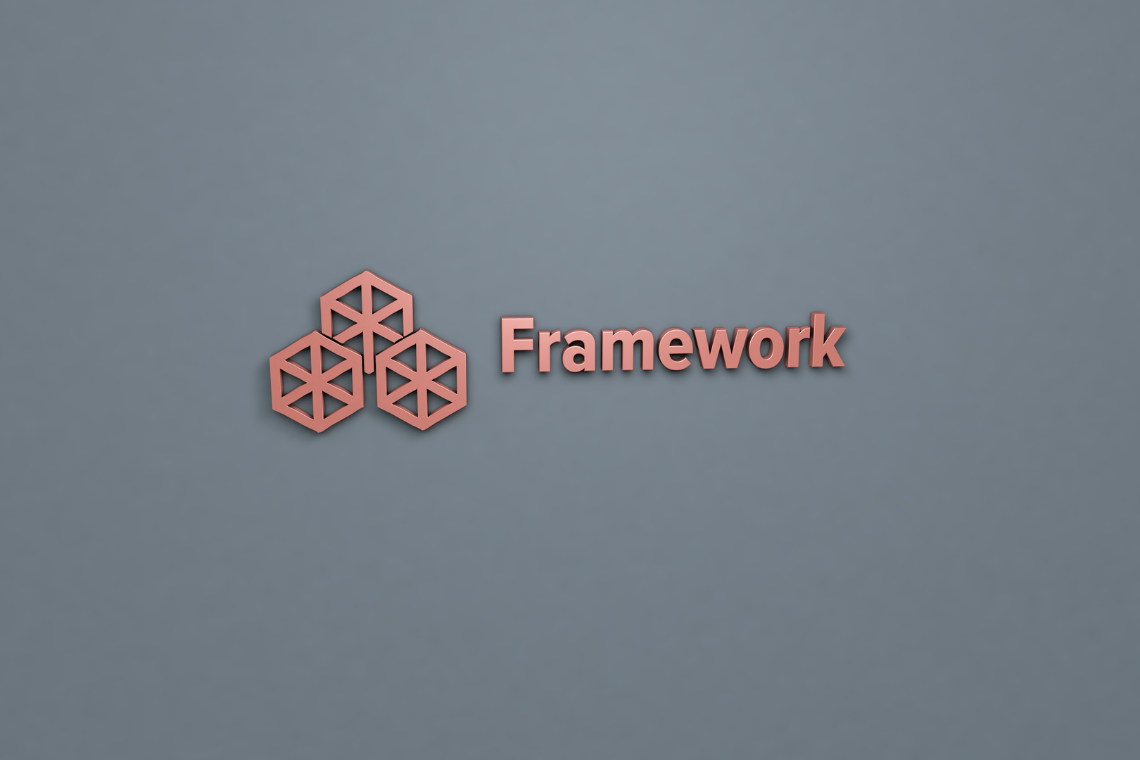
React has become a dominant choice for web development, primarily most of its component-based architecture, flexibility, and strong community support.
With a robust ecosystem of frameworks built around React, developers now have various options to meet different needs and use cases.
While we’re discussing the best React frameworks, it’s important to note that there isn’t a single “best” framework for every situation. The choice of a framework depends on the specific goals and requirements of a project.
In this blog post, we’ll explore some of the best react frameworks — Next.js, Gatsby, Create React App, Remix, and Blitz.js. We will highlight their key features and discuss when to use each one, helping you choose the right framework for your project.
1 - Next.js
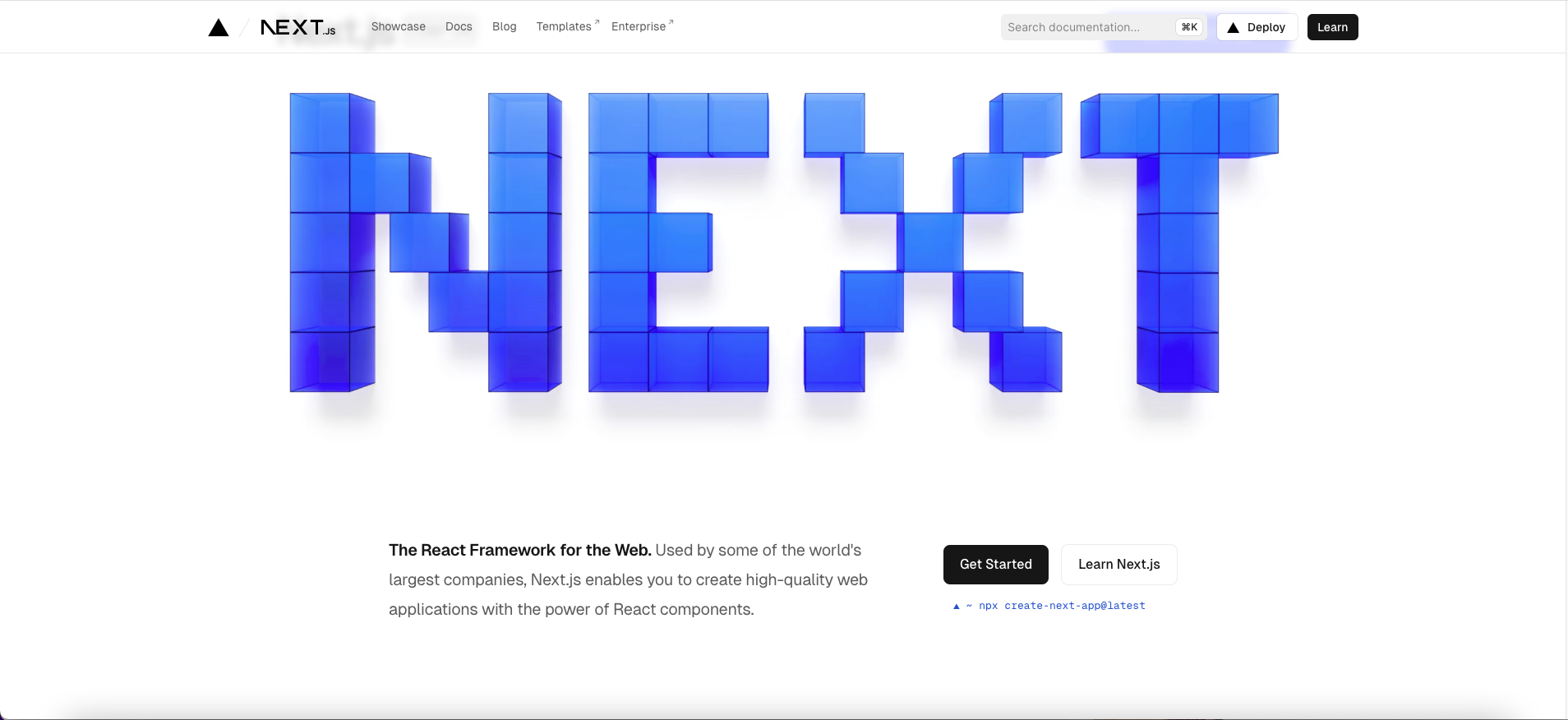
Next.js, developed by Vercel, is popular for its server-side rendering (SSR) and static site generation (SSG) capabilities. It blends the best of client-side and server-side rendering, providing flexibility and power.
Key Features
SSR and SSG: Improves performance and SEO
File-based routing: Simplifies navigation structure
API routes: Built-in support for API endpoints
Automatic code splitting: Enhances load times
Incremental Static Regeneration (ISR): Updates static content without a full rebuild
When to Use?
SEO-critical applications
E-commerce Sites
Media Sites
Performance-sensitive apps
Complex routing requirements
Resources
2 - Gatsby
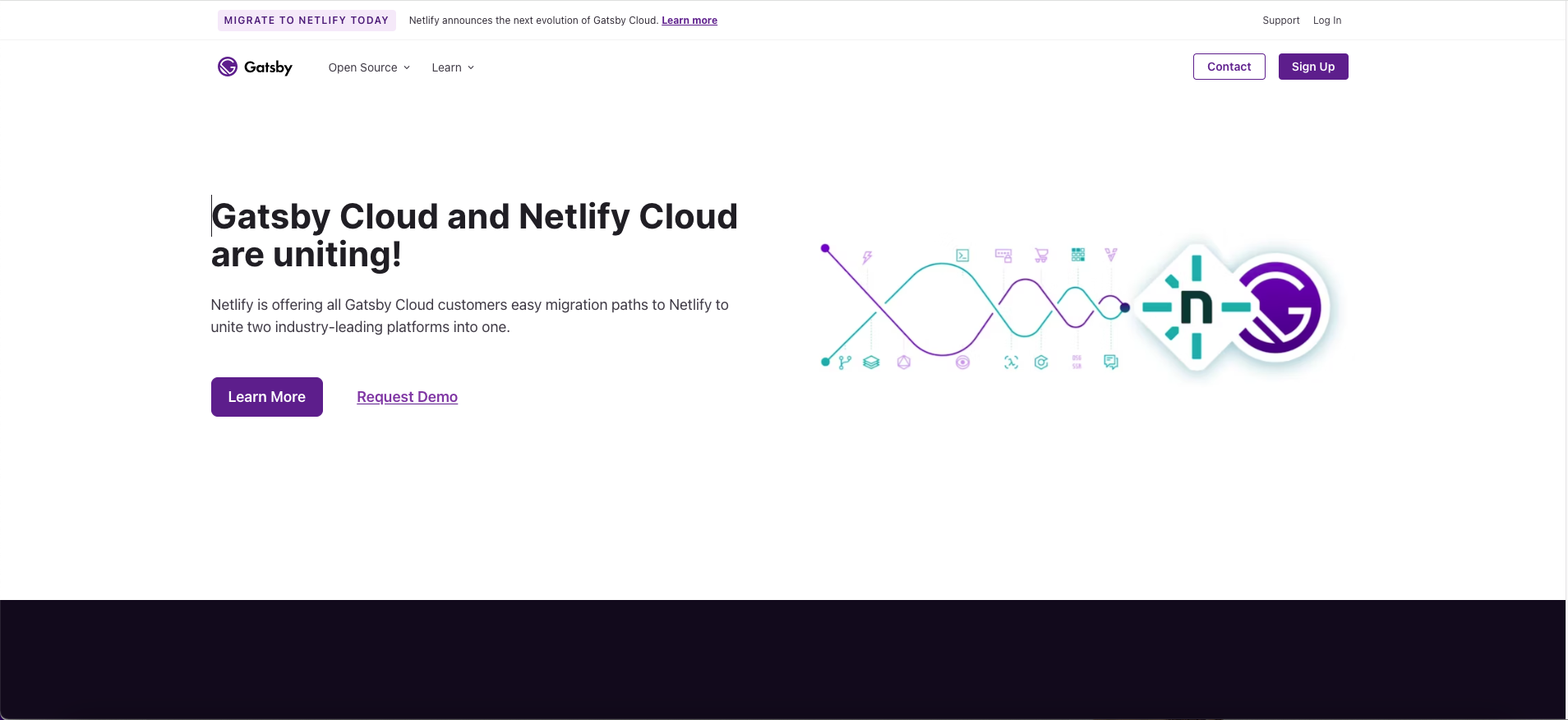
Gatsby is a React-based static site generator known for its performance, scalability, and developer-friendly features. It uses GraphQL to fetch data and pre-render pages for highly optimized static websites.
Key Features
Static site generation: Produces fast, static HTML files
GraphQL data layer: Centralized data management and querying
Rich plugin ecosystem: Extensive plugins for various functionalities
Progressive Web App (PWA) support: Out-of-the-box PWA capabilities
Image optimization: Automatically optimizes images for faster load times
When to Use?
Content-driven websites: Blogs, documentation sites, and portfolios with frequently updated content
CMS Integration: Works well with headless CMSs like Contentful, Strapi, or WordPress
Large-scale Content Sites
Performance-focused projects: Static rendering and image optimization lead to exceptional performance
Integration with various data sources
Resources
3 - Create React App (CRA)
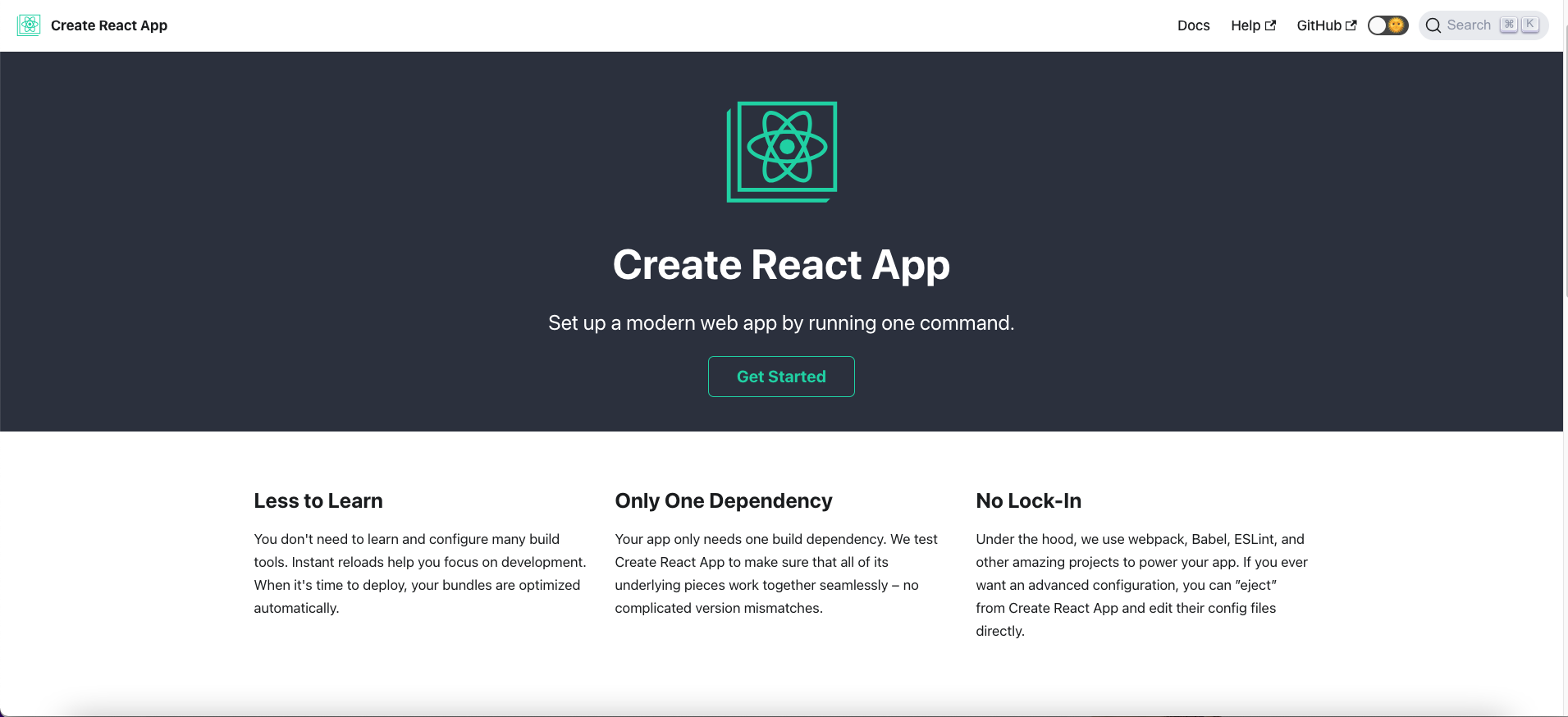
Create React App (CRA) is a popular boilerplate for building React applications. It provides a simple setup with sensible defaults, making it a quick starting point for single-page applications (SPAs).
Key Features
Zero configuration setup: Easiest way to get started with React
Development and build tools: Pre-configured with Webpack, Babel, and other essential tools
Hot Module Replacement (HMR): Enhances the development experience
Extensible: Possible to customize with additional configuration if needed
When to Use?
Single-page applications (SPAs)
Internal Tools: Suitable for building internal tools and dashboards
Small to Medium Projects: Great for quick setup and development speed
Prototyping and quick starts
Learning React: Suitable for beginners; it’s simple and easy to use
Resources
4 - Remix
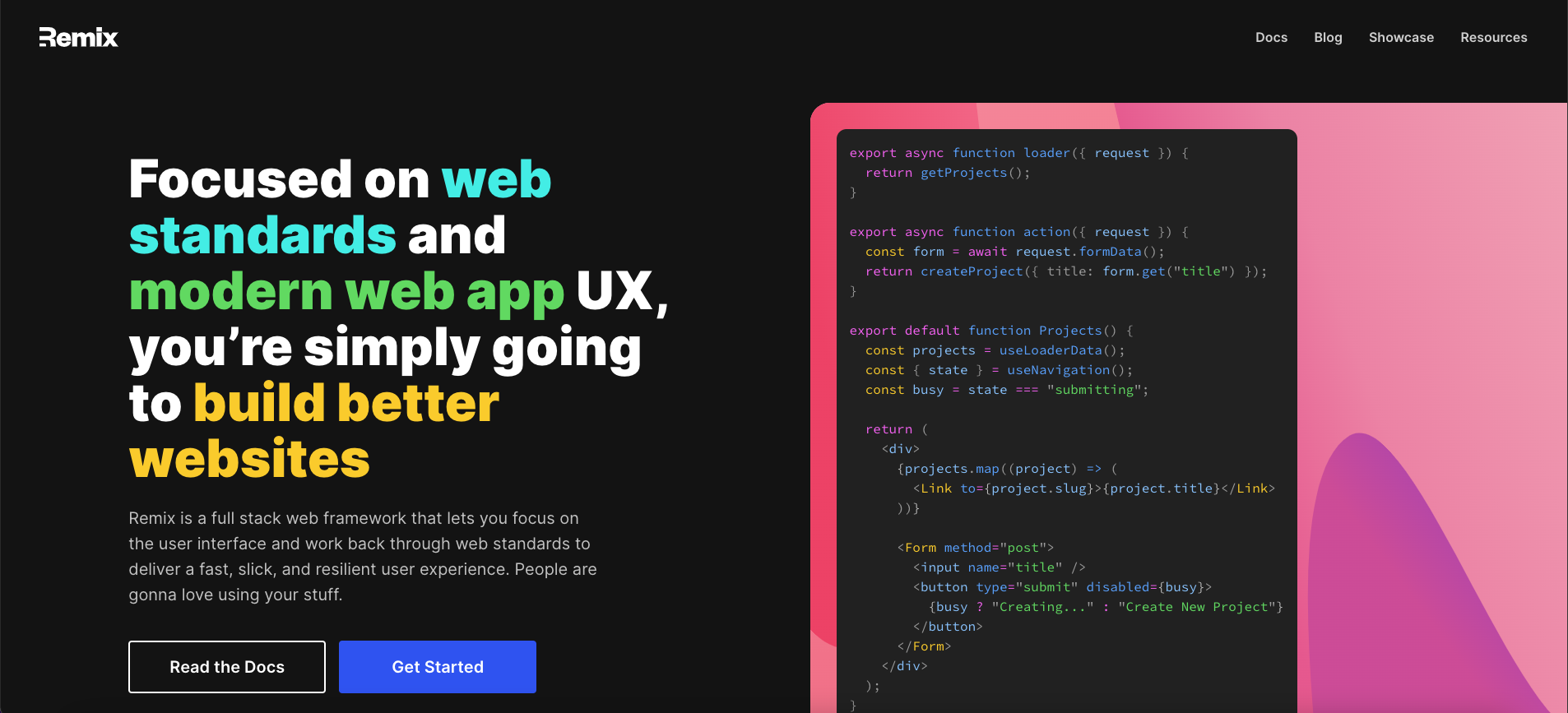
Remix is a full-stack React framework that emphasizes fast page loads and seamless transitions. It focuses on providing an excellent user experience by leveraging native browser features and efficient data handling.
Key Features
Data loading: Efficiently handles data loading and prefetching
Nested routing: Supports complex routing scenarios
Progressive enhancement: Embraces native web features for better performance
Built-in error handling: Simplifies error management in applications
When to Use?
User experience-centric applications: Projects where smooth transitions and fast page loads are paramount
Complex routing needs: Applications with deeply nested routes and intricate navigation requirements
High Interactivity: Ideal for applications needing to function well under poor network conditions
Developers familiar with traditional web development: Leveraging native browser features makes it a good fit for developers with a background in conventional web development
Resources
5 - Blitz.js
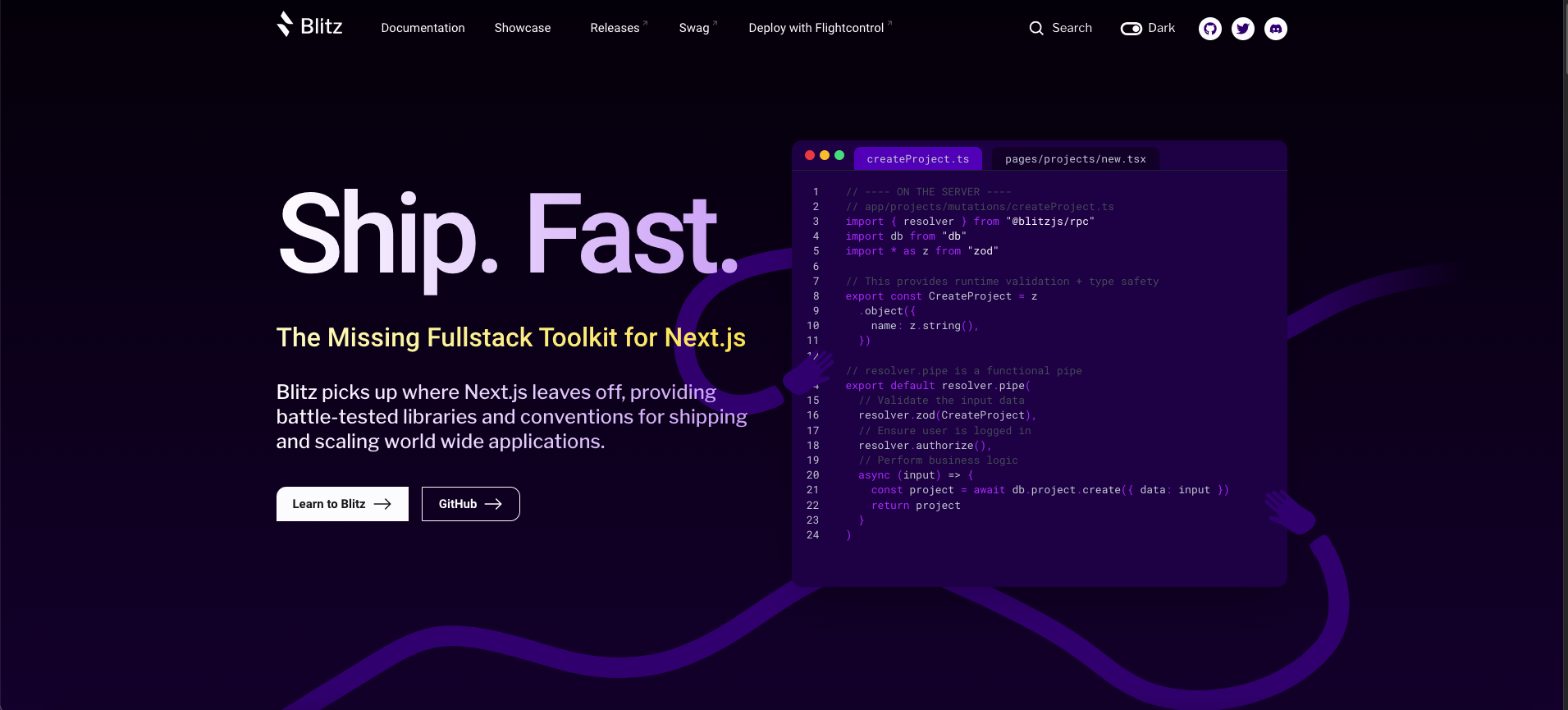
Blitz.js is a full-stack React framework inspired by Ruby on Rails. It provides an all-in-one solution with built-in support for backend development, authentication, and database integration.
Key Features
Full-stack capabilities: Combines frontend and backend development seamlessly
Built-in authentication: Simplifies user authentication and authorization
Database integration: Easy setup and interaction with databases
Zero-API data layer: Eliminates the need for a separate API layer, reducing boilerplate code
When to Use?
Full-stack applications
SaaS Products: Great for developing SaaS products with full-stack capabilities
Authentication-heavy Apps: Simplifies development with built-in authentication support
Rapid development: All-in-one solution speeds up the development process
Developers with Ruby on Rails experience: Similar philosophy and structure help you to easily transition.
Resources
Best React Frameworks Quick Overview
A quick overview of the best react frameworks discussed in this post.
| Feature | Next.js | Gatsby | CRA | Remix | Blitz.js |
| Rendering Approach | SSR, SSG, ISR, Client-Side Rendering | Static Site Generation | Client-Side Rendering | SSR with Client-Side Rendering | Full-Stack (SSR with Client-Side Rendering) |
| Ideal Use Cases | SEO-critical apps, e-commerce, media sites | Blogs, documentation sites, marketing sites, headless CMS | Single-page applications (SPAs), internal tools | User experience-focused apps, complex routing | Full-stack applications, SaaS, authentication-heavy apps |
| Performance Optimization | Automatic code splitting, static optimization, image optimization | Image optimization, prefetching, code splitting | Basic performance optimizations, extensible | Data prefetching, efficient rendering | Efficient data loading, zero-API data layer |
| Routing | File-based routing | File-based routing | Manual routing setup | Nested routing, file-based routing | Built-in routing with full-stack support |
| Data Handling | Supports API routes, ISR, and external data fetching | GraphQL data layer for centralized data management | State management libraries (e.g., Redux, Context API) | Built-in data loading and error handling | Built-in data layer, seamless backend integration |
| Built-in Features | API routes, SSR/SSG, automatic static optimization | GraphQL integration, PWA support, image optimization | Pre-configured with Webpack, Babel | Progressive enhancement, seamless transitions | Authentication, database integration, error handling |
| Learning Curve | Moderate | Moderate | Easy | Moderate | Moderate to Advanced |
| Community and Ecosystem | Large community, rich ecosystem with many plugins | Large community, extensive plugin ecosystem | Large community, simple setup | Growing community, modern tooling | Smaller but growing community, strong Rails influence |
| TypeScript Support | Excellent | Excellent | Good | Excellent | Excellent |
| Integration with Other Tools | Works well with CMS, APIs, and headless setups | Great for CMS integrations, uses GraphQL | Flexible with various state management tools | Supports traditional and modern web technologies | Fully integrated full-stack with database support |
| Best For | Complex web applications needing SEO, performance, and scalability | Content-heavy websites that require high performance and SEO | Quick development, SPAs, internal applications | High interactivity applications, UX-focused projects | Full-stack web applications needing backend and frontend integration |
🛠️ Before You Go:
👏 Found this guide on React frameworks helpful? Give it a clap!
💬 Used any of these frameworks? Drop your thoughts in the comments!
🔄 Know a developer who’d benefit? Share this post!
🌟 Thanks for your support and feedback!
Support Our Tech Insights

Subscribe to my newsletter
Read articles from Mainul Hasan directly inside your inbox. Subscribe to the newsletter, and don't miss out.
Written by

Mainul Hasan
Mainul Hasan
Hello, I'm Mainul Hasan. Currently, I’m working as a Teaching Assistant at the University of Oslo and pursuing my Master’s program in Informatics: Programming and System Architecture. Before this, I worked as a Web Developer in several companies, gaining experience in different tech stacks and programming languages such as JavaScript, PHP, and Python. Inspired by my professional journey and desire for lifelong learning, I've started to write about Tech & Lifestyle, Web Development, and the Digital Nomad Life. Here, I share my knowledge and experiences, engage in discussions with my readers, and strive to make my spare time more meaningful. Feel free to connect with me on LinkedIn or email me at hi@mmainulhasan.com for any potential opportunities. Happy Learning!